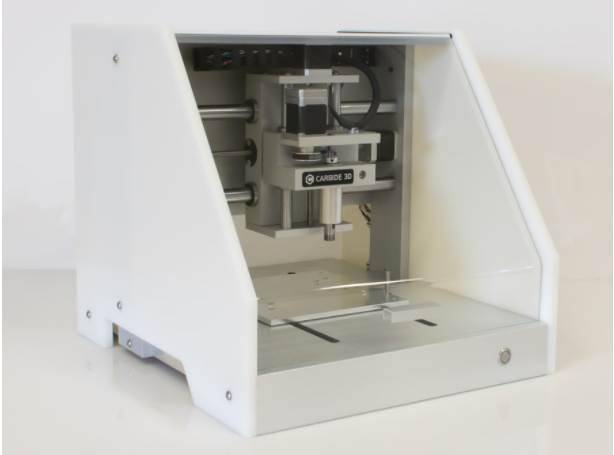
Nomad 883 Pro by Carbide 3D
I thought this to be an appropriate time to resume my Talkin’ Tools segment and share my experience with the addition of a new tool I have been using, a CNC (Computer Numeric Control) Machine.
Almost a year ago, I purchased the Nomad 883 Pro made by Carbide 3D. In doing so, I joined a fairly large community of people who use these in their work.
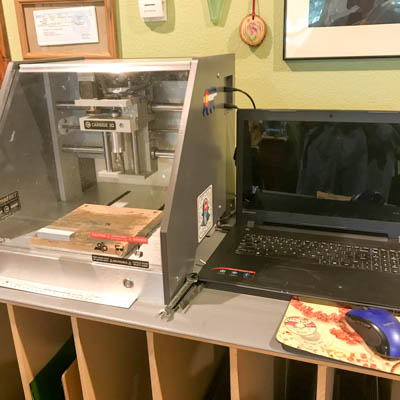
This is how I have the machine set up in my studio.
Why did I feel the need to acquire this piece of equipment? I am happy to report that the demand for my work started to increase over the past couple of years to the point where I needed to consider hiring an intern or finding another way to streamline my process. I opted for the latter and chose to purchase a milling machine.
Why did I purchase a CNC Machine?
- I felt I could let a machine do one of the mundane, time consuming parts of my fabrication process which is cutting shapes using a jeweler’s saw. In this case, the machine does that work roughly 5 times faster than I can. This frees me to focus on the more creative aspects of what I do.
- It gives me a repeatable process to consistently produce base items while I work on designs, finishing work and fabrication.
- I didn’t have to hire someone and deal with that type of overhead.
- I can utilize my computer skills when creating the files needed to communicate with the machine to do the work.
- With the machine, there is less metal waste than when I cut pieces by hand. As a result, it provides more efficiency not only with my raw materials but again, my time.
Why did I choose the Nomad?
- High rankings from a number of independent reviews.
- Carbide has a great support team. I reached out to them with questions before I purchased the machine and was favorably impressed with their knowledge, support, and commitment to ensuring people would make an informed decision prior to purchase. They answered what I considered to be tough questions. Their philosophy is they want people to be happy once the machine arrived and was set up. They want that positive feeling to continue as people use this tool.
- Carbide has a great user forum for all of their machines.
- Reliability, which I can attest to after running it since last October.
- Price. Milling machines can start at around $1200 and go up over $5000 for laser cutters. Early in my search for a machine, I did find one that was specifically designed for jewelers with a price tag of over $20,000! That was not something I could justify. However, the Nomad came in at roughly $2500, which was something that made sense for my business.
- Self contained. Whatever material you cut, there’s always going to be a waste by-product. I wanted something that was enclosed to keep all the stray particles contained while the machine is operating. In the forums, I have seen some who further enhance Nomad’s enclosure system, but for my use, the machine’s cutting compartment works very well. I can reclaim the silver shavings to recycle them.
- Desktop size. It’s footprint is 20″ x 20″. Weighs in at 65 pounds.
- Work surface area is 8″ x 8″ which is perfect for me because the maximum size of the material I use (Sterling silver, copper or bronze) is 6″ x 6″.
- Both Windows and MAC operating systems are supported
- For additional specs on the machine, click here.
Things to know prior to the purchase of a CNC Machine
- You are going to need to know how to use software that produces vector files. Some people use CAD programs. I use Inkscape, which is freeware and an alternative to Adobe’s Illustrator. Both of those programs work great with the Nomad. Inkscape runs beautifully on my MAC, has tons of user support, documentation and YouTube videos to get you up to speed quickly. It’s probably the best freeware I have used.
- Most machines have what I would term proprietary software that convert the vector files of your designs into machine language to control the tool (thus the reason they are called Computer Numeric Control machines).
- Nomad comes with two proprietary software packages: Carbide Create and Carbide Motion.
- Carbide Create (CC) uses the vector file I generate of my design in Inkscape. In CC, I enter parameters about the type of material (generally sterling silver), the type of cutter (end mill), the depth of the material being used, and create the tool paths for the cutters to follow, which result in the shapes I use in my work.
- Carbide Motion (CM) uses the machine code I generated with Carbide Create. CM connects to the machine and provides the instructions on what it needs to do.
- I have a dedicated lap top that is always connected to my Nomad. Carbide Motion runs on that lap top and that is what controls the machine’s operation. You could opt out of a dedicated lap top, but I do not think you will find it convenient to constantly connect and disconnect a computer from any milling machine.
As with anything, there’s always a bit more involved that just buying the equipment.
- In this case, you need to have a stable base for the machine to sit on. Fortunately, I had particle board storage bins that my husband and I built. Now I have re-purposed one of them for my Nomad.
- The company also recommends that the machine sit on an anti-fatigue mat to help with noise dampening. The machine is very quiet when it runs; it almost has a pleasant, melodic tone as it works.
- Unless you have a spare lap top or are willing to use an existing one, you will need to invest in a computer that will be used to communicate with the machine. The software that runs on that computer is what provides the machine code needed to cut your design shapes out of your material.
- End mills, these are the cutters and engravers that the machine uses. Given the nature of the work I do, I have two go to end mills that I work with. My favorite supplier of end mills is Precise Bits.
- Lubrication oil. The machine needs occasional light lubrication on its moving parts.
- Cutting fluid. For the end mills that I use, the manufacturer recommends their cutting fluid to not only extend the life the end mills, but to hold the debris that is generated during the cutting process. Using this fluid also has the added benefit of reducing the amount of clean up I need to do with my machine after each run.
- Shop Vac. This is more of a nice to have, but I already had a small 5 gallon shop vac. It’s necessary for me to vacuum up any of the super small particles that I do not capture in my first clean up.
- Adhesive wax. Carbide sells two kinds of wax; each secures your material to the working surface. The blue formula is difficult to remove, but I have found some remedies. The white formula is water soluble and is my preference.
After purchase support
- AWESOME. I cannot say enough great things about the support I have received through Carbide, although I did not need much when it came to the machine itself. The primary support effort came from a wonderful technician who wanted to ensure I understood how to get up and running with the software. That happened within 3 weeks of the two of us working together and making modifications to my files. I now have a repeatable process and my Nomad is the true work horse in my studio when it comes to cutting my standard shapes.
- The Carbide 3D Forum. So much knowledge exists in that forum. If you can’t find a topic that has already been discussed, open one. They have also tied in a knowledge base in Wikipedia; while this features Carbide’s Shapeoko, plenty of this information relates to the Nomad too.
- The Carbide channel on YouTube is a wealth of knowledge too, in addition to other Carbide users who post videos there.
The world continues to change and evolve, so too do the ways in which we work. Remember what was life like before personal computers, mobile phones, on demand videos, etc? From my perspective, as a jewelry designer/maker, in order for my business to grow, I needed to take this step. I am extremely happy that I made this investment in my company. I have also found more and more jewelers are using CNC Machines; they are just another tool in our arsenal that allow us to be more productive and spend quality time on the creative part of what we do.
The Runner Up
The Othermill made by the Other Machine Co. Initially this machine was going head to head with the Nomad. It was quite the horse race. I must say the Othermill is a great machine with a strong support forum, blog, and great support staff who will readily answer questions. The reason I didn’t select this machine is that its work surface (5.5″ × 4.5″) was too small for my needs. At a minimum, because I usually work with 6″ x 6″ metal sheets, I just didn’t feel its work area would support what I needed. It was also a little higher priced than the Nomad and given the specs for each of these, I ultimately decided that the Nomad was a better choice for me.
In summary, I can not emphasize this enough….DO YOUR HOMEWORK. If you are considering the purchase of a CNC Machine, please research, compare, look for those independent reviews, and ask questions. No one understands what your requirements for a CNC machine are better than you, so understand how you intend to use the machine. This is a substantial investment and you want to be happy with your choice. I can assure you I am extremely happy with my choice and heartily recommend the Nomad 883 Pro.
Until next time, I continue to aspire to be more as an artist and a person.

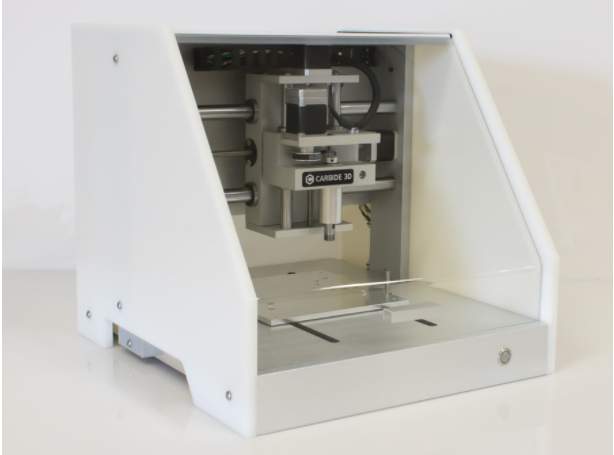
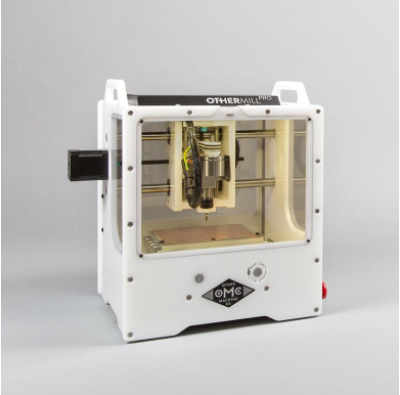













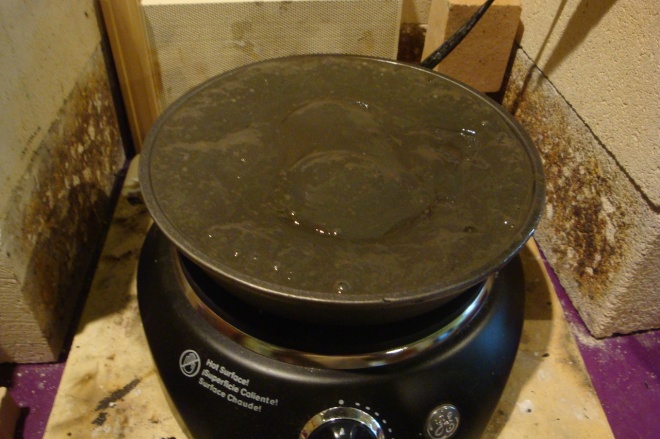









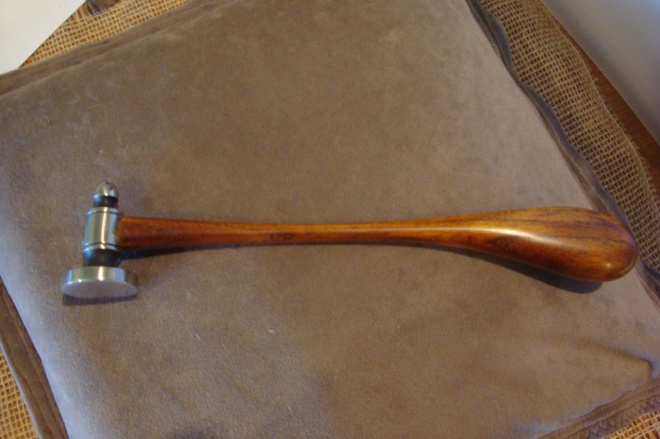
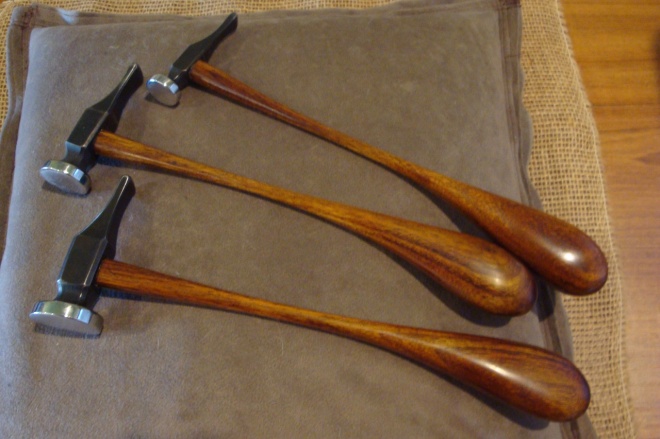




















You must be logged in to post a comment.